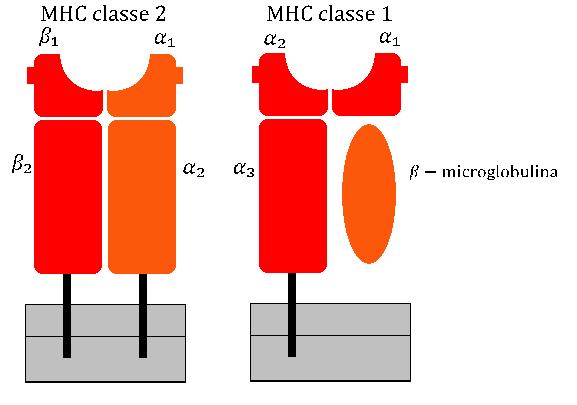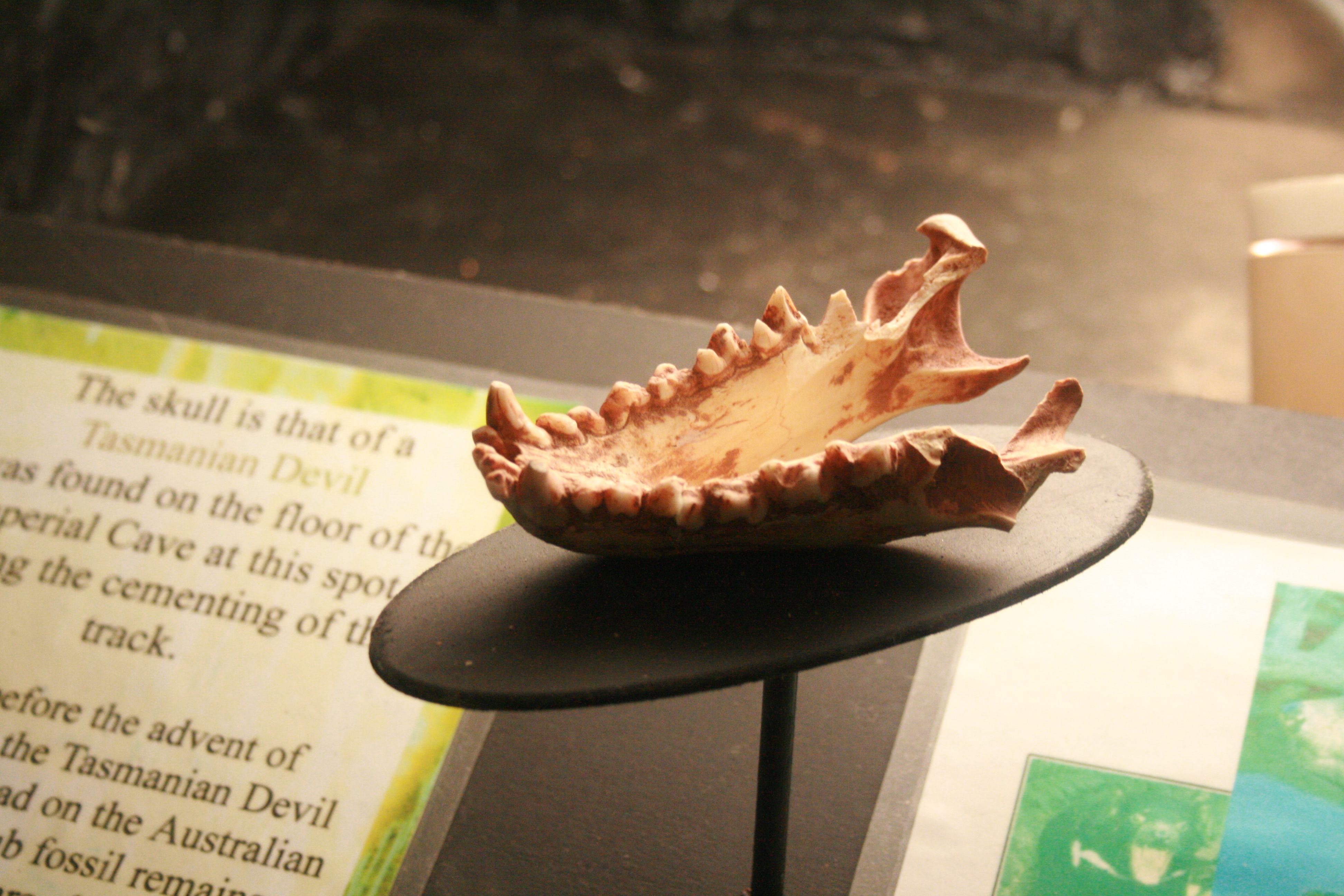|
Allorecognition
Allorecognition is the ability of an individual organism to distinguish its own tissues from those of another. It manifests itself in the recognition of antigens expressed on the surface of cells of non-self origin. Allorecognition has been described in nearly all multicellular phyla. This article focuses on allorecognition from the standpoint of its significance in the evolution of multicellular organisms. For other articles which focus on its importance in medicine, molecular biology, and so forth, the following topics are recommended as well as those in the Categories links at the bottom of this page. * Immune system, Immunology * Transplant rejection * Tissue typing * Major histocompatibility complex (MHC) The ability to discriminate between self and non-self is a fundamental requirement for life. At the most basic level, even single-celled organisms need to be able to distinguish between food and non-food, to respond appropriately to invading pathogens, and to avoid cannibal ... [...More Info...] [...Related Items...] OR: [Wikipedia] [Google] [Baidu] |
Transplant Rejection
Transplant rejection occurs when Organ transplant, transplanted tissue is rejected by the recipient's immune system, which destroys the transplanted tissue. Transplant rejection can be lessened by determining the molecular similitude between donor and recipient and by use of immunosuppressant drugs after transplant. Types of transplant rejection Transplant rejection can be classified into three types: hyperacute, acute, and chronic. These types are differentiated by how quickly the recipient's immune system is activated and the specific aspect or aspects of immunity involved. Hyperacute rejection Hyperacute rejection is a form of rejection that manifests itself in the minutes to hours following transplantation. It is caused by the presence of pre-existing Antibody, antibodies in the recipient that recognize antigens in the donor organ. These antigens are located on the endothelial lining of blood vessels within the transplanted organ and, once antibodies bind, will lead to the ... [...More Info...] [...Related Items...] OR: [Wikipedia] [Google] [Baidu] |
Major Histocompatibility Complex
The major histocompatibility complex (MHC) is a large locus on vertebrate DNA containing a set of closely linked polymorphic genes that code for cell surface proteins essential for the adaptive immune system. These cell surface proteins are called MHC molecules. This locus got its name because it was discovered via the study of transplanted tissue compatibility. Later studies revealed that tissue rejection due to incompatibility is only a facet of the full function of MHC molecules: binding an antigen derived from self-proteins, or from pathogens, and bringing the antigen presentation to the cell surface for recognition by the appropriate T-cells. MHC molecules mediate the interactions of leukocytes, also called white blood cells (WBCs), with other leukocytes or with body cells. The MHC determines donor compatibility for organ transplant, as well as one's susceptibility to autoimmune diseases. In a cell, protein molecules of the host's own phenotype or of other biologic entities ... [...More Info...] [...Related Items...] OR: [Wikipedia] [Google] [Baidu] |
Major Histocompatibility Complex
The major histocompatibility complex (MHC) is a large locus on vertebrate DNA containing a set of closely linked polymorphic genes that code for cell surface proteins essential for the adaptive immune system. These cell surface proteins are called MHC molecules. This locus got its name because it was discovered via the study of transplanted tissue compatibility. Later studies revealed that tissue rejection due to incompatibility is only a facet of the full function of MHC molecules: binding an antigen derived from self-proteins, or from pathogens, and bringing the antigen presentation to the cell surface for recognition by the appropriate T-cells. MHC molecules mediate the interactions of leukocytes, also called white blood cells (WBCs), with other leukocytes or with body cells. The MHC determines donor compatibility for organ transplant, as well as one's susceptibility to autoimmune diseases. In a cell, protein molecules of the host's own phenotype or of other biologic entities ... [...More Info...] [...Related Items...] OR: [Wikipedia] [Google] [Baidu] |
Tragedy Of The Commons
Tragedy (from the grc-gre, τραγῳδία, ''tragōidia'', ''tragōidia'') is a genre of drama based on human suffering and, mainly, the terrible or sorrowful events that befall a main character. Traditionally, the intention of tragedy is to invoke an accompanying catharsis, or a "pain hatawakens pleasure", for the audience. While many cultures have developed forms that provoke this paradoxical response, the term ''tragedy'' often refers to a specific tradition of drama that has played a unique and important role historically in the self-definition of Western civilization. That tradition has been multiple and discontinuous, yet the term has often been used to invoke a powerful effect of cultural identity and historical continuity—"the Greeks and the Elizabethans, in one cultural form; Hellenes and Christians, in a common activity," as Raymond Williams puts it. From its origins in the theatre of ancient Greece 2500 years ago, from which there survives only a fraction ... [...More Info...] [...Related Items...] OR: [Wikipedia] [Google] [Baidu] |
Somatic (biology)
The term somatic - etymologically from the Ancient Greek words of "σωματικός" (sōmatikós, “bodily”) and σῶμα (sôma, “body”) - is often used in biology to refer to the cells of the body in contrast to the reproductive (germline) cells, which usually give rise to the egg or sperm (or other gametes in other organisms). These somatic cells are diploid, containing two copies of each chromosome, whereas germ cells are haploid, as they only contain one copy of each chromosome (in preparation for fertilisation). Although under normal circumstances all somatic cells in an organism contain identical DNA, they develop a variety of tissue-specific characteristics. This process is called differentiation, through epigenetic and regulatory alterations. The grouping of similar cells and tissues creates the foundation for organs. Somatic mutations are changes to the genetics of a multicellular organism that are not passed on to its offspring through the germline. Most canc ... [...More Info...] [...Related Items...] OR: [Wikipedia] [Google] [Baidu] |
Germline
In biology and genetics, the germline is the population of a multicellular organism's cells that pass on their genetic material to the progeny (offspring). In other words, they are the cells that form the egg, sperm and the fertilised egg. They are usually differentiated to perform this function and segregated in a specific place away from other bodily cells. As a rule, this passing-on happens via a process of sexual reproduction; typically it is a process that includes systematic changes to the genetic material, changes that arise during recombination, meiosis and fertilization for example. However, there are many exceptions across multicellular organisms, including processes and concepts such as various forms of apomixis, autogamy, automixis, cloning or parthenogenesis. The cells of the germline are called germ cells. For example, gametes such as a sperm and an egg are germ cells. So are the cells that divide to produce gametes, called gametocytes, the cells that produce thos ... [...More Info...] [...Related Items...] OR: [Wikipedia] [Google] [Baidu] |
Evolutionary Biology
Evolutionary biology is the subfield of biology that studies the evolutionary processes (natural selection, common descent, speciation) that produced the diversity of life on Earth. It is also defined as the study of the history of life forms on Earth. Evolution is based on the theory that all species are related and they gradually change over time. In a population, the genetic variations affect the physical characteristics i.e. phenotypes of an organism. These changes in the phenotypes will be an advantage to some organisms, which will then be passed onto their offspring. Some examples of evolution in species over many generations are the Peppered Moth and Flightless birds. In the 1930s, the discipline of evolutionary biology emerged through what Julian Huxley called the modern synthesis of understanding, from previously unrelated fields of biological research, such as genetics and ecology, systematics, and paleontology. The importance of studying Evolutionary biology is ... [...More Info...] [...Related Items...] OR: [Wikipedia] [Google] [Baidu] |
Free Rider Problem
In the social sciences, the free-rider problem is a type of market failure that occurs when those who benefit from resources, public goods (such as public roads or public library), or services of a communal nature do not pay for them or under-pay. Free riders are a problem because while not paying for the good (either directly through fees or tolls or indirectly through taxes), they may continue to access or consume it. Thus, the good may be under-produced, overused or degraded. Additionally, it has been shown that despite evidence that people tend to be cooperative by nature, the presence of free-riders cause this prosocial behaviour to deteriorate, perpetuating the free-rider problem. The free-rider problem in social science is the question of how to limit free riding and its negative effects in these situations. Such an example is the free-rider problem of when property rights are not clearly defined and imposed. The free-rider problem is common with public goods which are n ... [...More Info...] [...Related Items...] OR: [Wikipedia] [Google] [Baidu] |
Tasmanian Devil
The Tasmanian devil (''Sarcophilus harrisii'') (palawa kani: purinina) is a carnivorous marsupial of the family Dasyuridae. Until recently, it was only found on the island state of Tasmania, but it has been reintroduced to New South Wales in mainland Australia, with a small breeding population. The size of a small dog, the Tasmanian devil became the largest carnivorous marsupial in the world following the extinction of the thylacine in 1936. It is related to quolls, and distantly related to the thylacine. It is characterised by its stocky and muscular build, black fur, pungent odour, extremely loud and disturbing screech, keen sense of smell, and ferocity when feeding. The Tasmanian devil's large head and neck allow it to generate among the strongest bites per unit body mass of any extant predatory land mammal. It hunts prey and scavenges on carrion. Although devils are usually solitary, they sometimes eat and defecate together in a communal location. Unlike most other da ... [...More Info...] [...Related Items...] OR: [Wikipedia] [Google] [Baidu] |
Devil Facial Tumour Disease
Devil facial tumour disease (DFTD) is an aggressive non-viral clonally transmissible cancer which affects Tasmanian devils, a marsupial native to Australia. DFTD was first described in 1996. In the subsequent decade the disease ravaged Tasmania's wild devils. Affected high-density populations had up to 100% mortality in 12–18 months. Between 1996 and 2015, DFTD wiped out 95% of affected populations. Clinical signs There is often more than one primary tumour. Visible signs of DFTD begin with lumps of soft tissue around the mouth, which ulcerate. Tumours are locally aggressive, destroying the underlying bone of the jaw which interferes with feeding. Tumours may also cover the eyes. Devils usually die within six months from organ failure, secondary infection, or metabolic starvation. DFTD is rare in juveniles. It affects males and females equally. Transmission The most plausible route of transmission is through biting, particularly when canine teeth come into direct contact with ... [...More Info...] [...Related Items...] OR: [Wikipedia] [Google] [Baidu] |
Myxobacteria
The myxobacteria ("slime bacteria") are a group of bacteria that predominantly live in the soil and feed on insoluble organic substances. The myxobacteria have very large genomes relative to other bacteria, e.g. 9–10 million nucleotides except for '' Anaeromyxobacter'' and ''Vulgatibacter''. One species of myxobacteria, ''Minicystis rosea'', has the largest known bacterial genome with over 16 million nucleotides. The second largest is another myxobacteria ''Sorangium cellulosum''. Myxobacteria can move by gliding. They typically travel in ''swarms'' (also known as ''wolf packs''), containing many cells kept together by intercellular molecular signals. Individuals benefit from aggregation as it allows accumulation of the extracellular enzymes that are used to digest food; this in turn increases feeding efficiency. Myxobacteria produce a number of biomedically and industrially useful chemicals, such as antibiotics, and export those chemicals outside the cell. Myxobacteria are u ... [...More Info...] [...Related Items...] OR: [Wikipedia] [Google] [Baidu] |




